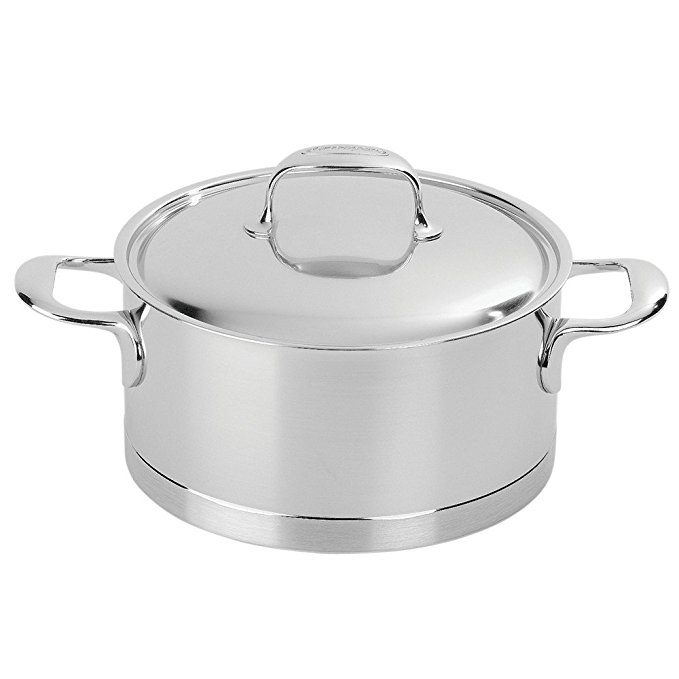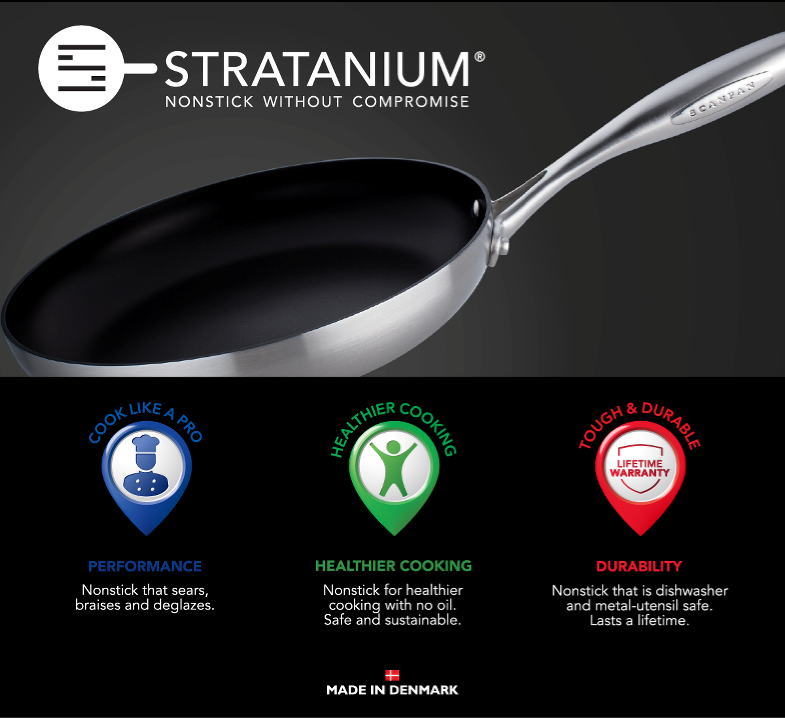As I have argued in the past, the plant-based kitchen will tend to shift your focus in respect of the tools of the trade. I have always had an intense relationship with my kitchen, and I can still remember that, when I was selling my house in South Norwalk, Ct. in 1997, there was a professional cook who clearly wanted it. She was a young woman, and she had come to view the property with her mother and she instantly fell in love with my kitchen, for she recognized in an instant that it was built by someone who cooks… namely me. Sadly, she had to decide that she could not afford the house, but I would have loved to sell it to her.
While I had been drifting back towards the vegetarianism of my youth for some time, since I was in my fifties, my cooking still included some meat and fish for several years. Spare ribs were a periodic favorite, as was chicken, mostly made Senegalese style, Yassa Guinaar and then there always was Shad Roe à la Nero Wolfe (with bacon), and also the annual ritual of going down to the Oyster Bar in Grand Central for some fresh herring from Holland in June. But since May 2015 I made the commitment to Whole Foods, Plant-Based nutrition, because I finally understood the nutritional science of it (The China Study). Before that, I was still stuck in traditional nutrition and kept worrying about sufficient protein, but now I knew that was a crock. There were a few basic skills to learn, if you want to run a fully #WFPB kitchen, and one of them is learning to cook without oil. Cooking without oil is definitely a skill, but also it mandates picking the right tools, and now, with five years of experience, my views on the matter have changed.
The Pots and The Pans
The big challenge is to cook without oil and still end up being able to caramelize onions, and in some cases develop a nice crust. Here is what I think I have learned sofar:
In Praise of Stainless Steel, but…

For most of what I do this pan, complete with a steamer, is the outstanding favorite. It has but one property for which I need a specific different pan. For most of my normal cooking, I start with caramelizing onions by first dry roasting them for 5 minutes, and then gradually adding some water. My standard recipe for caramelizing onlions is:
- finely chopped onions, could include some finely chopped chilis
- 5 mins @ 425F, dry, without stirring
- 5 mins @ 425F, but now with gradual addition of some water or veggie broth 1/4 – 1/2 cup.
- Past that, you can cook more slowly and with whatever other veggies you are making, adding more water or veggie broth as needed.
This works very well in my Demeyere pans. I have some that are 40 years old and they are still good as new. It does not work as well in some non-stick pans, see below.
What does not work well in Stainless Steel is some flour- type concoctions, like my vegan scrambled eggs with chickpea flour (besan). This stuff has a habit of baking on to the stainless and burning. So I never use my stainless cookware for this.
Scanpan is a non-stick favorite

Taking the same recipes as I alluded to above. I do not caramelize onions by dry roasting in my scanpans. The reason I learned is I have a sauce pan that I did use for that purpose, and over time you do get a carbon deposit on the bottom that is very hard to remove and which then compromises the non-stick quality of the pan. So in the scanpan, you would have to stirfry the onions with some water or veggie broth right from the start, you cannot dry roast them, to brown them first, as I do in the stainless steel pans.
On the other hand, my vegan scrambled eggs can safely be turned into an omelet in this pan for the crust will form nice and brown, and the besan will not stick to these pans, whereas it is hopeless in the stainless steel.
Other options
Here is a more general discussion of your options with cookware, however this is more general in nature, not specific to the challenges of the plant-based cuisine. Keep that in mind. This is from a website called Cookware Ninja. This lady does a thorough job of reviewing cookware, but you will not find the specific #WFPB challenges discussed as I did above.
In all, it is always a learning process, but it seems to me that people are cooking more and it pays to have some cookware that really suits your style. If I buy something that does not turn out to work for me, I just give it away. Everything I have in my kitchen is there for a reason, for space is tight.